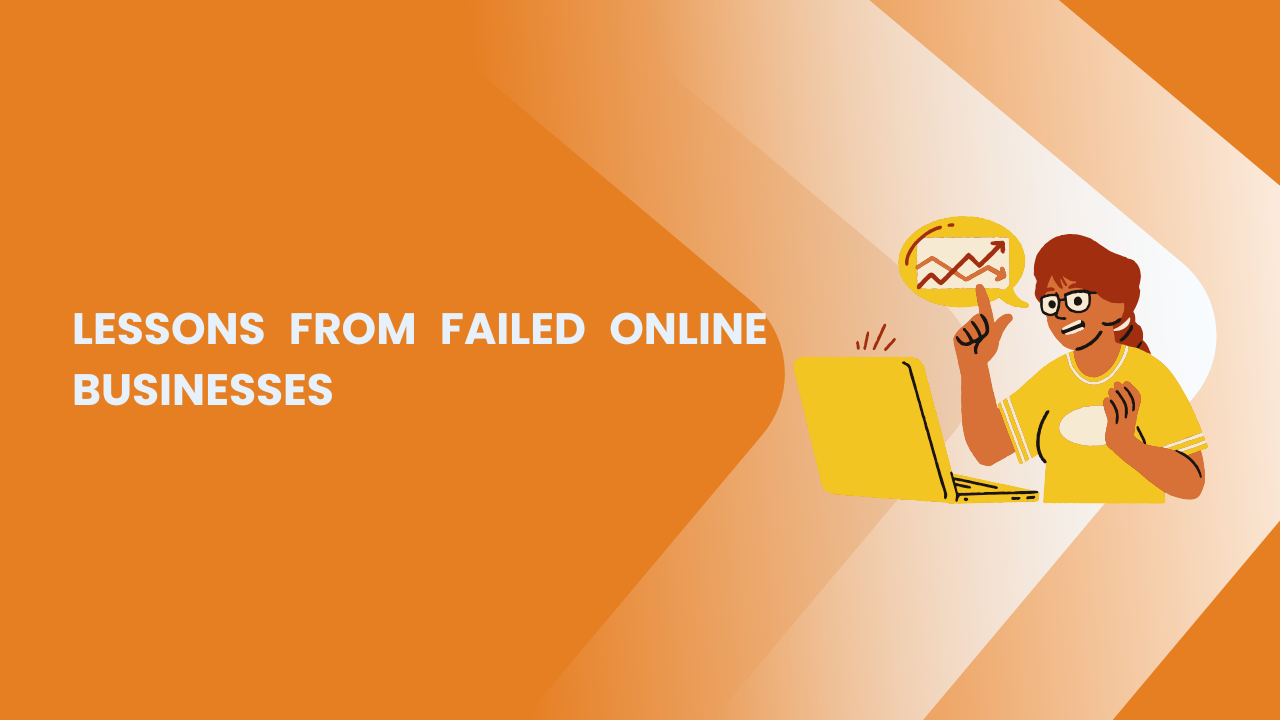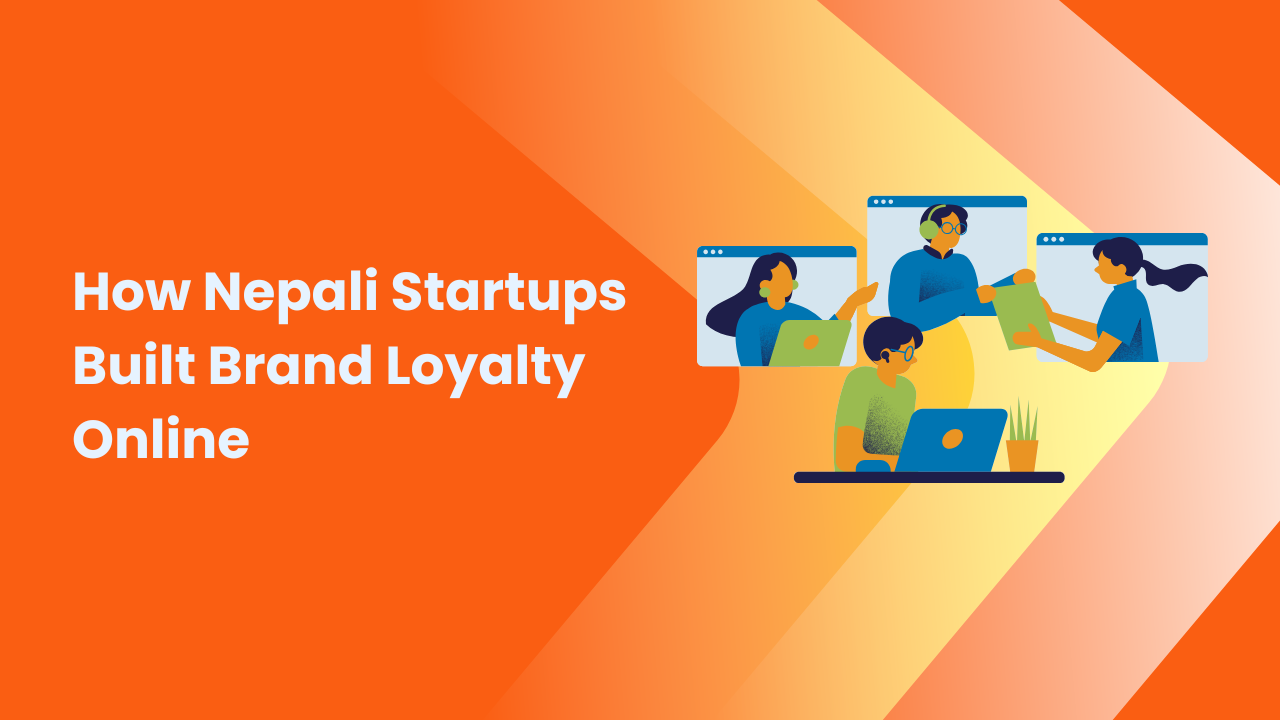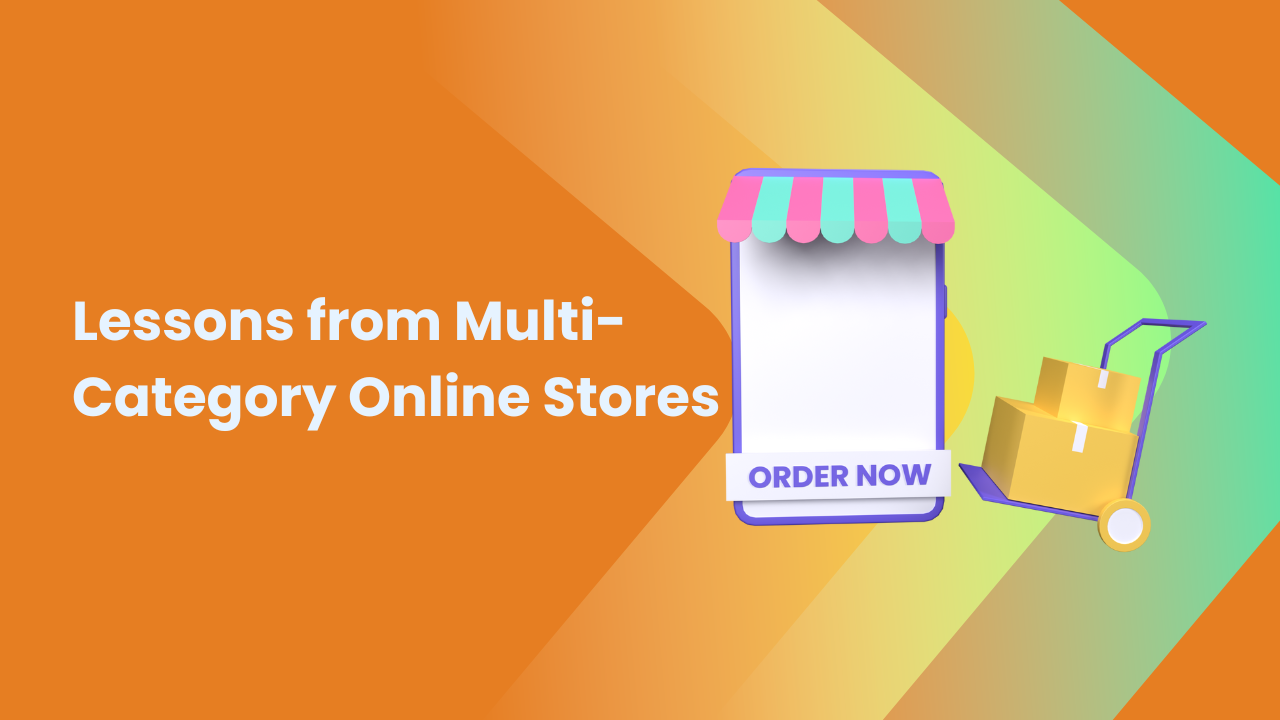Share this Article
The e-commerce landscape in Nepal is rapidly growing, with more and more consumers shifting to online shopping for convenience and variety. If you're looking to start an e-commerce venture in Nepal, one of the most crucial decisions you'll make is selecting the right business model. The model you choose will directly influence how you operate, how you interact with customers, and how you deliver your products or services.
Understanding the different e-commerce business models and their respective benefits and challenges will help you identify the right fit for your business. This article will guide you through the most popular e-commerce models in Nepal and help you make an informed choice that aligns with your goals.
What is an E-commerce Business Model?
An e-commerce business model outlines how a company interacts with customers, generates revenue, and delivers its products or services. The model you choose will shape every aspect of your business, from operations to marketing strategies. As Nepal’s digital ecosystem grows, businesses have access to a wide range of models to suit their specific needs.
Choosing the right business model is essential because it influences customer engagement, revenue generation, and scalability. Whether you’re selling directly to consumers, facilitating transactions between businesses, or offering a marketplace, understanding the different options is crucial to your venture’s success.
Key E-commerce Business Models for Nepali Startups
Let’s explore the different e-commerce models most commonly used in Nepal and beyond. Each model comes with its unique benefits and challenges that you need to consider before starting your online business.
1. B2C (Business-to-Consumer)
The B2C (Business-to-Consumer) model is the most well-known and widely used in the e-commerce industry. It involves businesses selling products or services directly to consumers. This model is ideal for businesses offering consumer goods, electronics, fashion, or even digital products. Companies like Daraz Nepal, HamroBazar, and SastoDeal are prime examples of businesses operating on a B2C model, catering to a broad range of customers across the country.
Advantages:
- Expansive Market Reach: As more consumers in Nepal embrace online shopping, the potential for growth in the B2C sector is immense.
- Scalability: B2C businesses can scale up easily by increasing product offerings or expanding to new regions.
- Simplified Operations: Selling directly to customers reduces the complexity of your business operations compared to other models.
Challenges:
- Intense Competition: The B2C model is highly competitive, with well-established platforms dominating the market.
- Logistics Management: Efficient delivery systems are essential, especially for reaching remote areas where logistics might be a challenge.
- Marketing Costs: As a new player in the market, acquiring customers can be expensive, requiring a significant investment in digital marketing.
Best For:
- Businesses sell a wide variety of products directly to consumers.
- Companies looking to establish brand loyalty and customer relationships.
- Entrepreneurs with the resources to handle logistics, customer service, and inventory management.
2. B2B (Business-to-Business)
In the B2B (Business-to-Business) model, companies sell products or services to other businesses rather than individual consumers. This model is commonly used in wholesale industries, where manufacturers and suppliers provide products to retail businesses or other organizations. Platforms like NepalB2B and TradeNepal have emerged to connect Nepali wholesalers with local retailers and businesses.
Advantages:
- Larger Transactions: B2B transactions typically involve larger order sizes, which can lead to higher revenue per sale.
- Recurring Revenue: B2B businesses often enjoy stable, long-term contracts and repeat customers.
- Lower Customer Acquisition Costs: Because B2B businesses deal with fewer clients, the cost of acquiring customers is generally lower than in B2C.
Challenges:
- Longer Sales Cycles: B2B sales processes are typically longer due to the complex decision-making process within businesses.
- Complex Logistics: Managing bulk orders and coordinating with business clients can require sophisticated logistics and inventory management.
- Niche Market: B2B businesses often target niche industries, making it necessary to understand your market deeply to succeed.
Best For:
- Companies that provide products or services primarily to other businesses (e.g., industrial equipment, office supplies).
- Entrepreneurs looking to create specialized platforms for connecting suppliers with retail businesses.
- Those equipped to handle large transactions and manage long-term business relationships.
3. C2C (Consumer-to-Consumer)
The C2C (Consumer-to-Consumer) model allows individuals to sell products or services directly to other consumers. This model typically operates through an online marketplace where buyers and sellers can interact. OLX Nepal and HamroBazar are examples of C2C platforms where users can list products like second-hand goods or local items.
Advantages:
- Low Overhead: Since the platform is responsible only for facilitating transactions, the operating costs are minimal.
- Diverse Product Range: The marketplace can accommodate a wide variety of products from different sellers, making it attractive to customers.
- Scalable: The platform grows as more users sign up and list their products, creating a self-sustaining ecosystem.
Challenges:
- Quality Control: Ensuring the quality of products sold by individuals can be challenging, which might affect the platform’s credibility.
- Customer Disputes: Resolving conflicts between buyers and sellers can be tricky and may damage the reputation of the platform.
- Dependence on Users: The success of a C2C platform is highly reliant on active users listing and selling products, which can sometimes be unpredictable.
Best For:
- Entrepreneurs who want to build a marketplace for second-hand goods or local products.
- Those looking to create a platform that allows individuals to buy and sell directly to each other without handling the goods themselves.
- People with limited resources who want to minimize the complexity of running an e-commerce business.
4. C2B (Consumer-to-Business)
The C2B (Consumer-to-Business) model flips the traditional business approach, where consumers offer their goods or services to businesses. Freelance marketplaces like Fiverr, Upwork, and Freelancer are popular examples of the C2B model, where consumers (freelancers) offer their skills to businesses in need.
In Nepal, platforms that connect businesses with freelance workers, designers, writers, and developers are growing in popularity.
Advantages:
- Specialized Services: If you offer a specific skill, C2B platforms give you a chance to monetize your expertise.
- Flexibility: Consumers can work as freelancers, offering flexible hours and the ability to work on projects that align with their skills.
- Broad Market: Businesses can tap into a diverse pool of talent and specialized services from consumers.
Challenges:
- Finding the Right Fit: Businesses often have difficulty finding the right consumer offering the skills or services they need.
- Competition: Freelancers or individuals offering services may face intense competition, driving prices down.
- Quality Assurance: Ensuring that the services or products offered by consumers meet business standards can be tricky.
Best For:
- Freelancers or individuals with specific skills (e.g., writers, designers, programmers) who want to offer their services to businesses.
- Those interested in creating platforms where consumers can list their services and businesses can hire talent.
- People with a limited product offering but a strong expertise to monetize.
5. Subscription-Based Model
The subscription-based e-commerce model has gained popularity, especially for businesses that offer recurring services or products. With this model, customers pay a recurring fee for regular delivery of products or services. Think of subscription boxes, meal delivery services, or even digital content subscriptions.
For example, Daraz Nepal offers subscription-based memberships for exclusive discounts or early access to sales.
Advantages:
- Predictable Revenue: Subscriptions offer a steady stream of income, making financial forecasting and cash flow management easier.
- Customer Retention: Subscribers are more likely to remain loyal and engaged, which leads to lower customer acquisition costs over time.
- Personalization: Subscriptions allow you to offer personalized services and products, leading to higher customer satisfaction.
Challenges:
- Initial Customer Acquisition: Convincing customers to commit to a subscription can be difficult, especially for new businesses.
- Managing Subscriptions: Handling recurring shipments and ensuring the timely delivery of services can be logistically complex.
- Churn Rate: Subscribers may cancel, leading to potential revenue loss. Managing churn is key to maintaining profitability.
Best For:
- Businesses that offer consumable products, like beauty boxes, clothing subscriptions, or food delivery.
- Entrepreneurs looking for a steady, predictable stream of revenue and customer loyalty.
- Companies that can provide personalized or curated experiences that customers will want to renew regularly.
Conclusion
Choosing the right business model for your Nepali e-commerce venture is essential to its long-term success. Each model offers distinct advantages, but also comes with its own set of challenges. Whether you go for the direct-to-consumer B2C approach, a business-to-business B2B platform, a consumer marketplace, or a subscription-based model, make sure to evaluate your target audience, product offerings, and long-term business goals.
In Nepal, where e-commerce is expanding rapidly, aligning your business model with local market needs and leveraging digital tools can help you gain a competitive edge. By understanding the pros and cons of each model, you’ll be better equipped to build a sustainable and profitable e-commerce business that meets the needs of Nepali consumers and businesses alike.
Categories:
E-commerce Tips & Tutorials
Tags:
BuildYourBusiness
,
StartupStrategy
,
EntrepreneursNepal
,
NepalBusinessIdeas
,
ScalableBusinessModel







